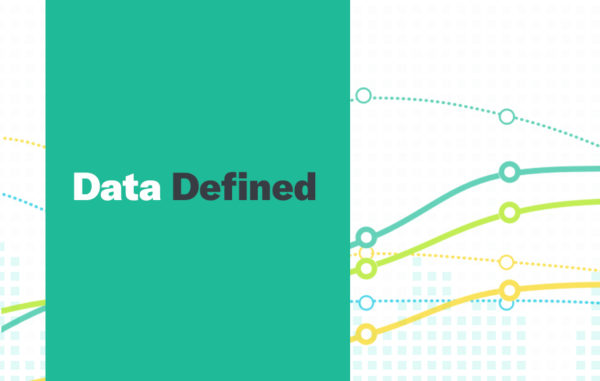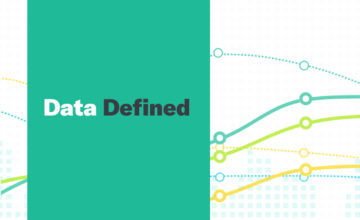Database Schema Defined
A database schema is the skeleton structure that represents the logical view of an entire database. This type of schema contains a collection of metadata that defines how a data is organized and describes the relationships between objects and information within it.
Schemas can be created and altered in a database, and users can be assigned permissions and access to a schema. A schema can be owned by any user, and schema ownership is transferable.
A database schema can be divided broadly into two categories −
- Physical Database Schema − This schema pertains to the actual storage of data and its form of storage. It defines how the data will be stored in a secondary storage.
- Logical Database Schema − This schema defines all the logical constraints that need to be applied on the data stored.
Advantages of a database schema includes:
- Managing logical entities in one physical database: Schemas allow for the simplifying of administration pertaining to security, backup and restore, and database management.
- Object protection: An administrator can control access to crucial objects.
- Protecting independent software vendor database access: Using schemas, a developer can group objects and even create custom objects without running the risk of disrupting the ISV database.
In Data Defined, we help make the complex world of data more accessible by explaining some of the most complex aspects of the field.
Click Here for more Data Defined.


